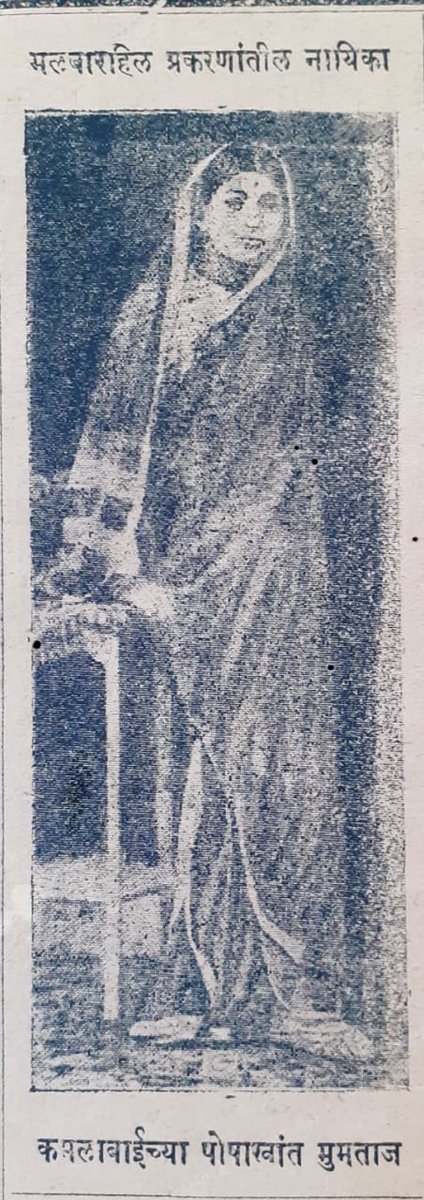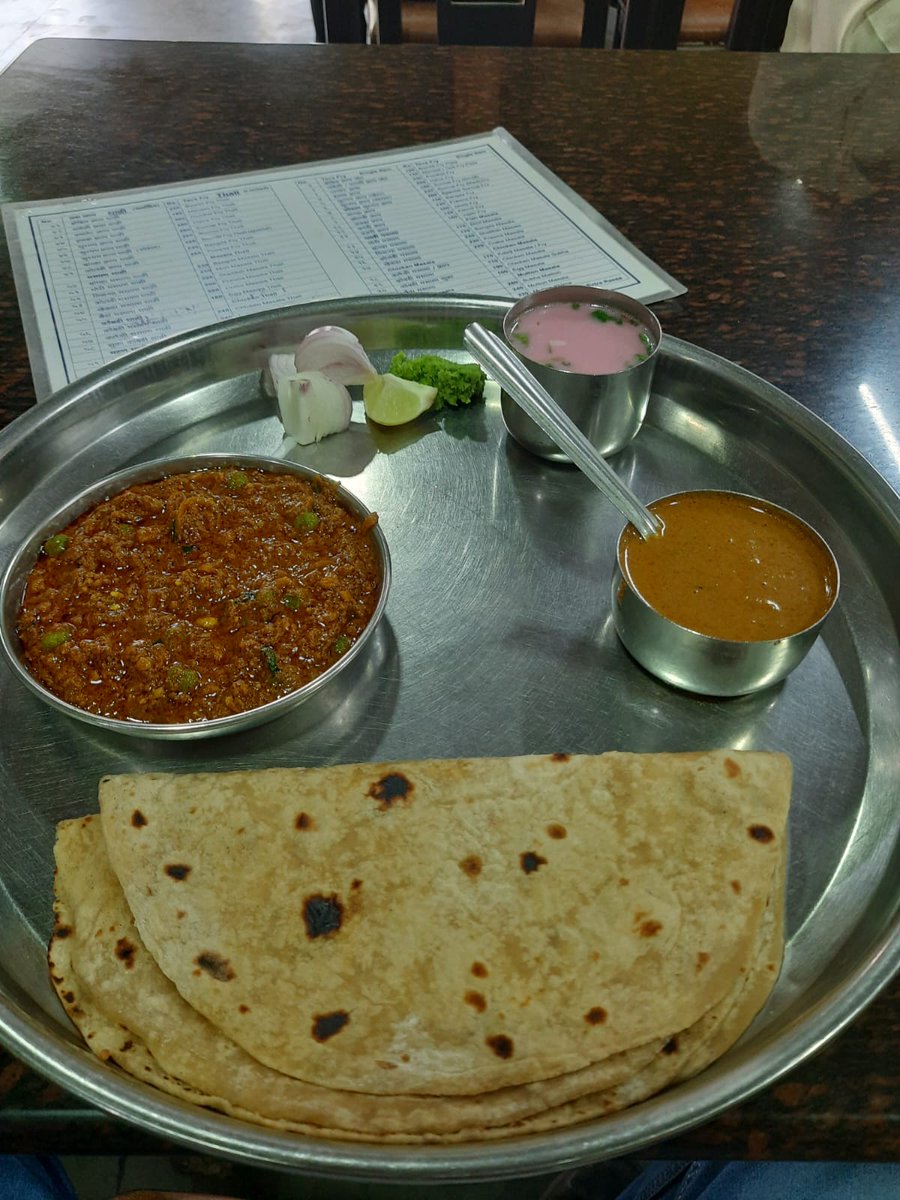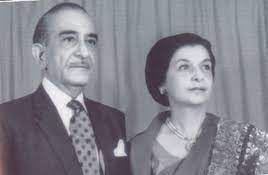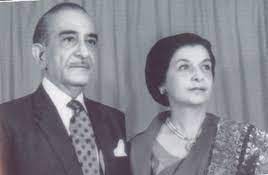Verdict: Good food, but modest portions, hence may not exactly be VFM. Some sides served with the main dish are interesting, like the green chilli in mustard sauce server with the butter chicken. A restaurant where you can taste a variety of cuisines under a roof
• • •
Missing some Tweet in this thread? You can try to
force a refresh
























































